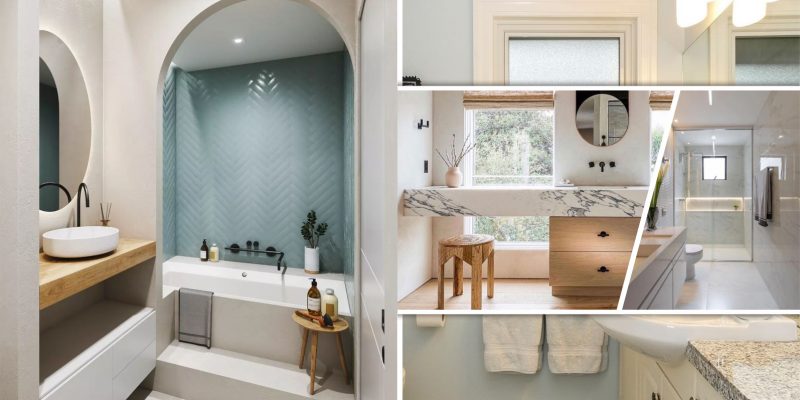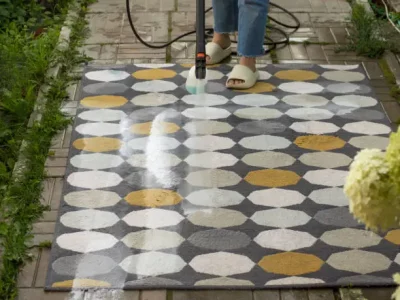Your bathroom is a place with heavy traffic. Frequent use and waste generated will cause unpleasant things. While a messy bathroom is a thing in itself, a constantly wet bathroom also has other problems for you to work out. This is because it will give rise to mold which can contribute to the bathroom’s appearance and unpleasant odor.
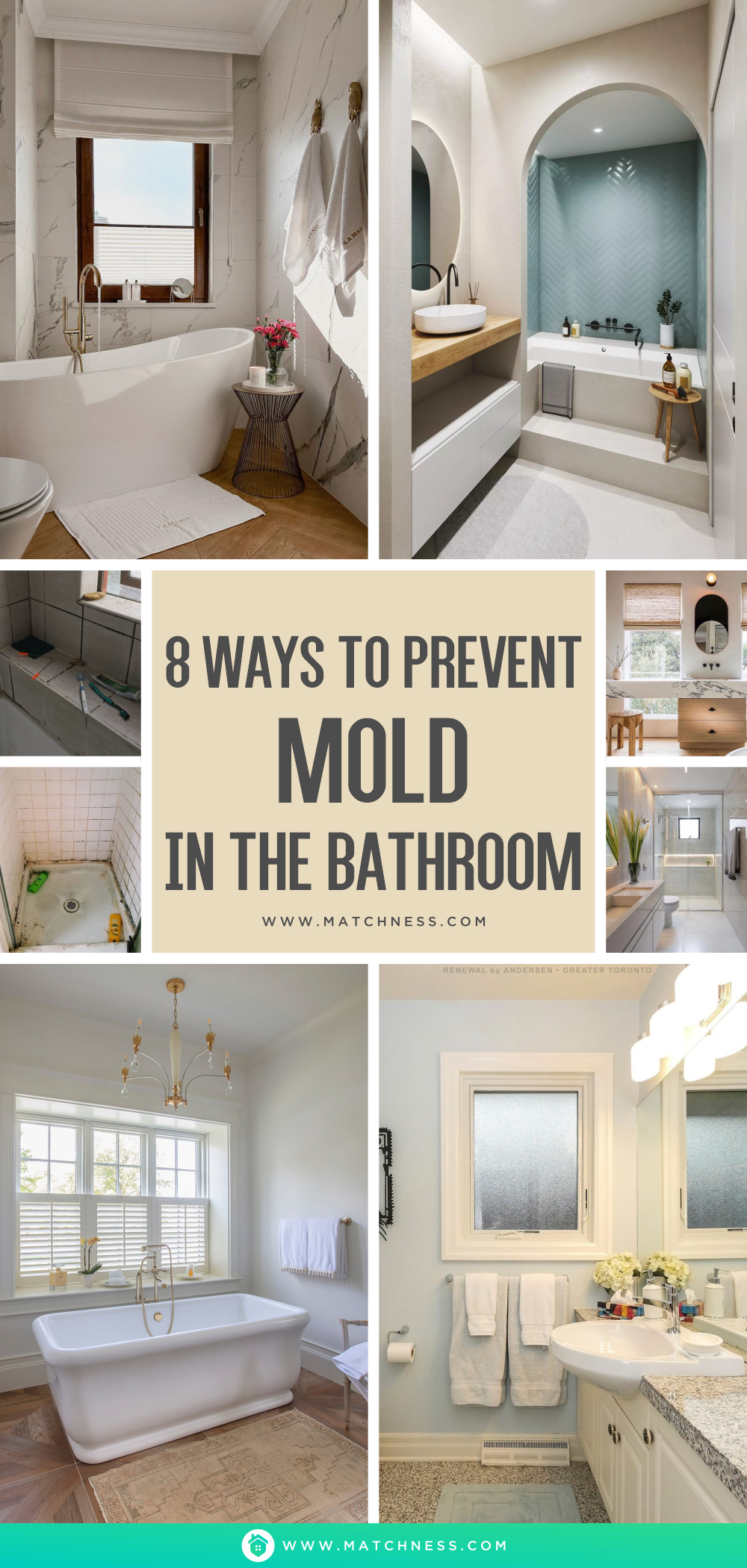
What are mold?
Mold and mildew are a real problem in homes, especially in areas that are often damp and humid. Molds are known to thrive in damp and humid environments, and bathrooms are a common place for them to grow. Mold usually grows beneath the surface and can appear dark brown, gray, or black in color, and have a woolly, fuzzy, or slimy texture. It also comes with an easily recognizable stale odor. All of that will make your bathroom look unattractive.
Where in the bathroom can mold grow?
The bathroom is one of the most moisture-prone rooms in a home. Showering, bathing, washing hands and a lot of other water-related activities generate plenty of excess moisture. The dampness in bathrooms creates an ideal habitat for mold and mildew to grow. Mold is commonly found in cabinet sinks, tiles, ceilings, walls, bathtubs and toilets. If left untreated, this can lead to serious health problems for people and pets.
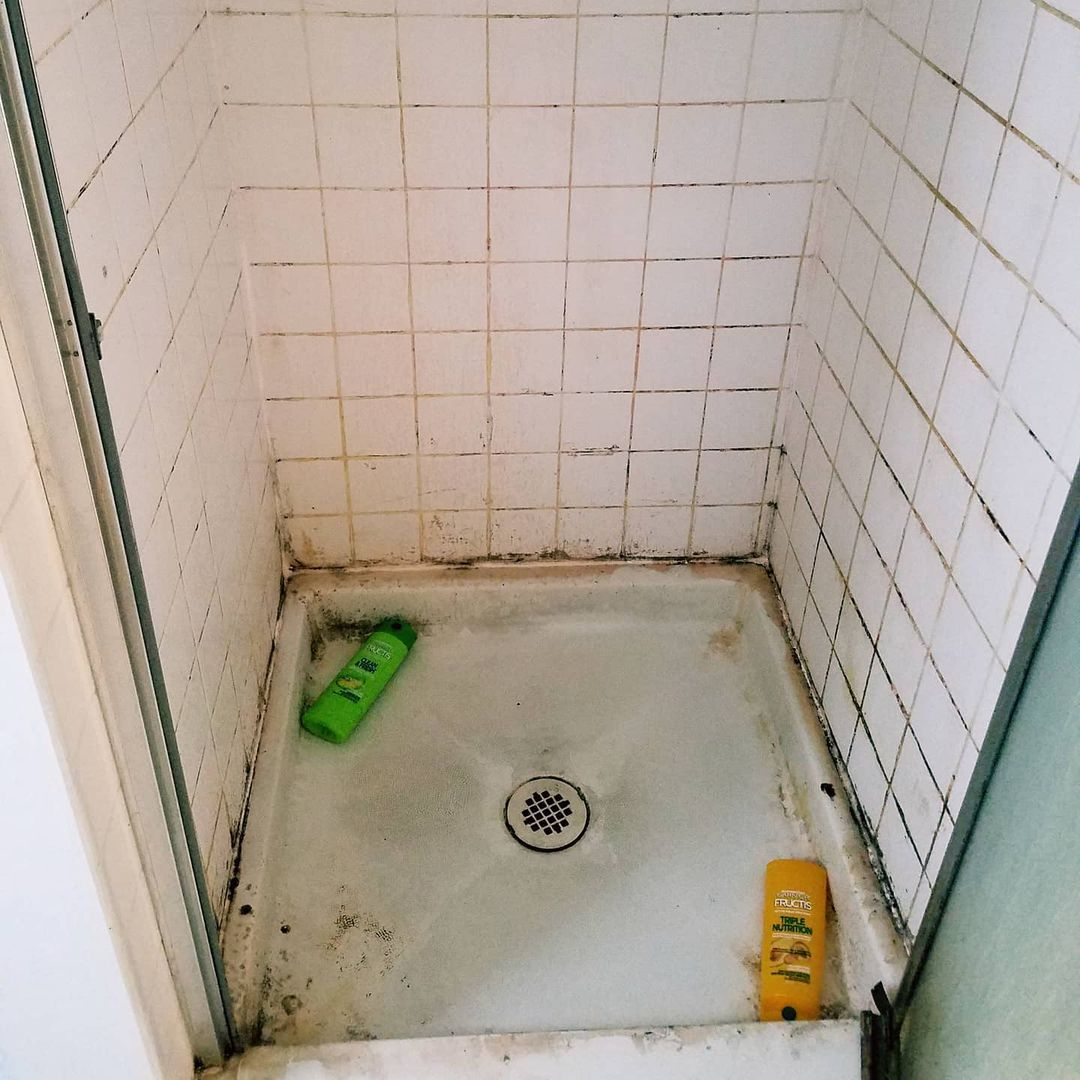
You need to pay attention to cleaning mold in the bathroom. Using a cleanser and then brushing it will give it a clean look and your bathroom will be kept clean and tidy. Shower Bathroom Mold from @mbenvironmental.ca
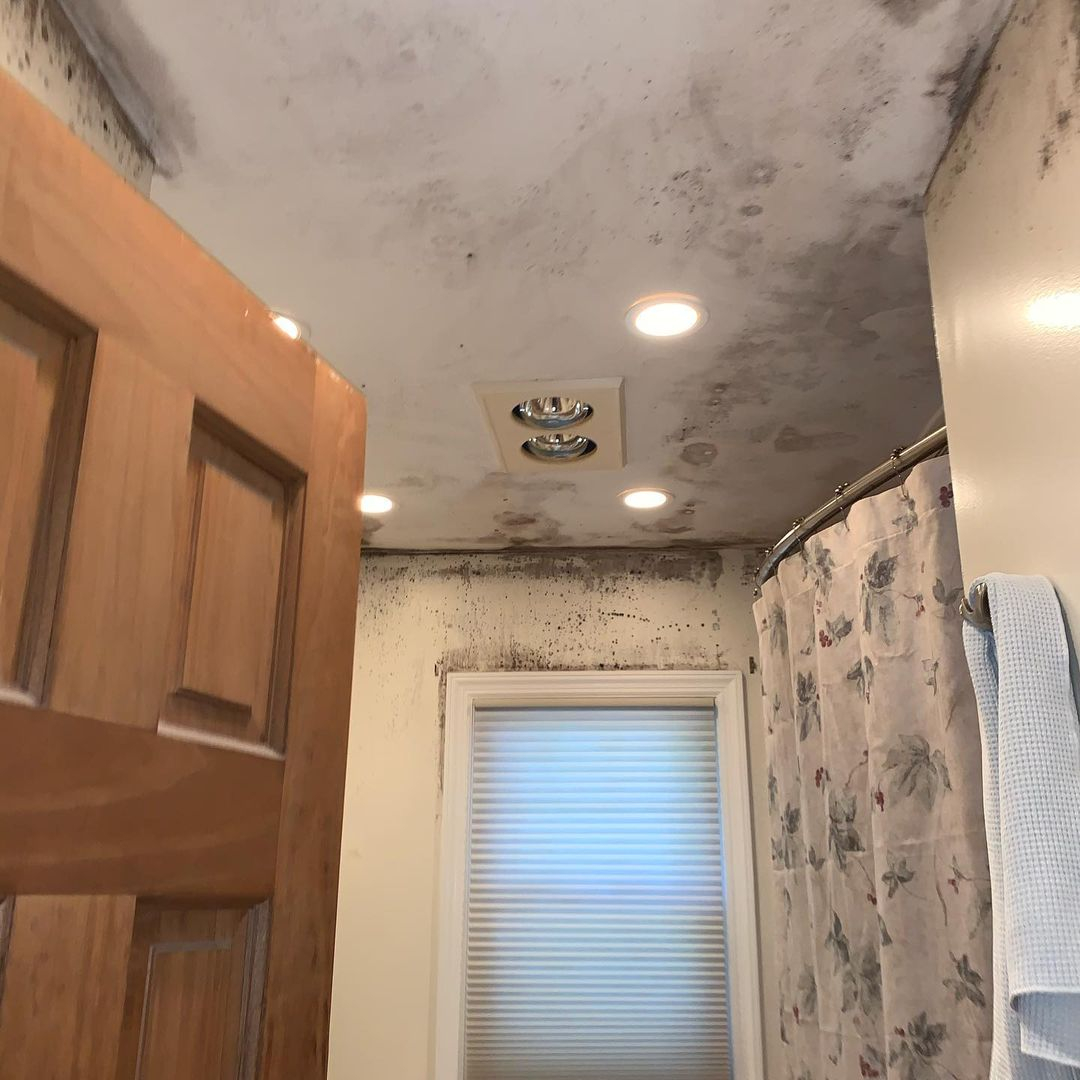
Mold in the bathroom makes your bathroom look dirty and disgusting. So you should need to spray cleaning fluid and water to prevent mold growth from getting worse. Ceiling Mold from @longislandmoldguy
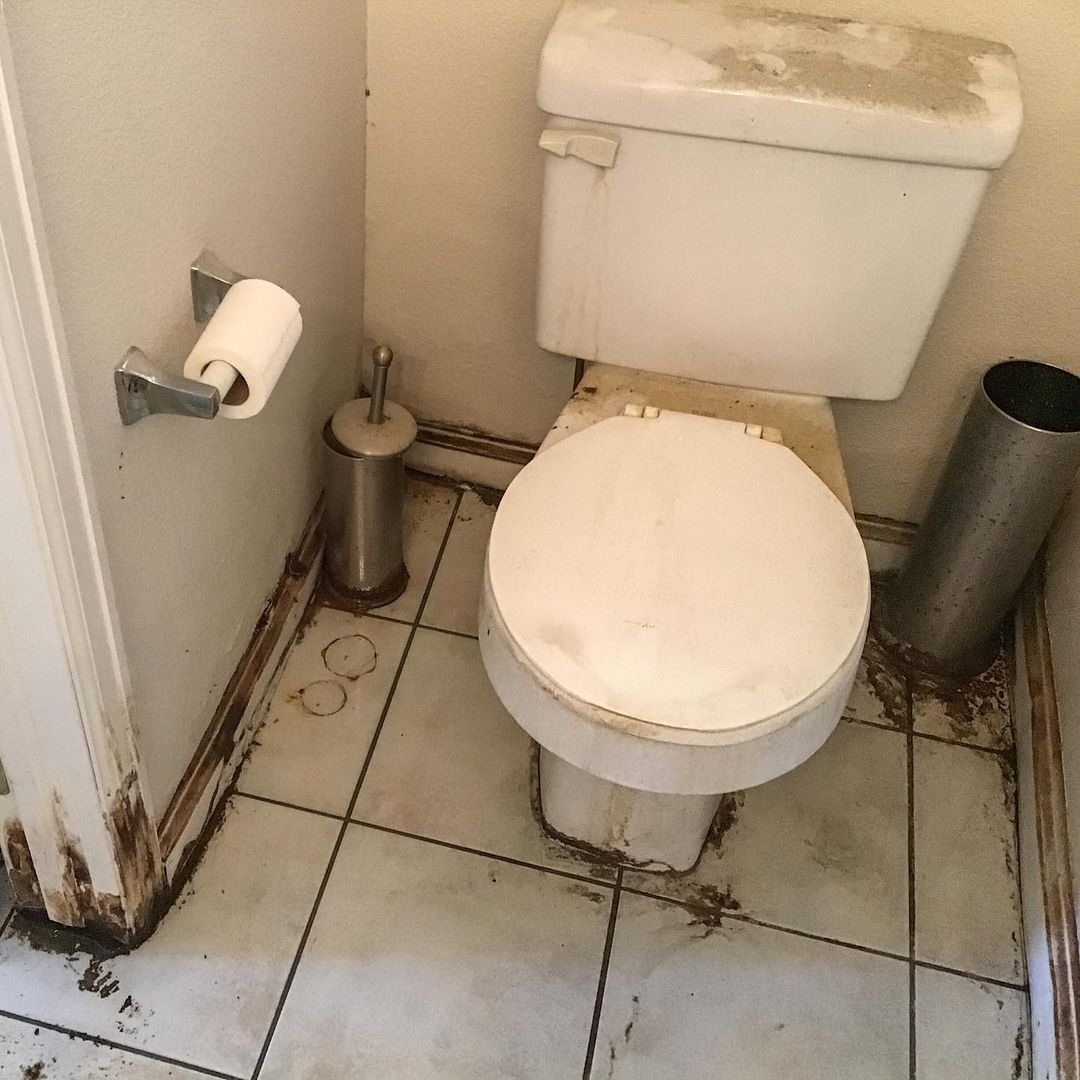
Mushrooms usually grow in damp and dirty places. As shown above, mold growing on toilet walls and floors will result in disgusting home decorations. Therefore you have to clean it every day to prevent the growth of mold in your room. Toilet Mold Bathroom from @theappraiserfiles
Meanwhile, mold and mildew are not only unsightly, they can also be harmful to your health if left untreated. They can irritate your immune system, cause respiratory issues, and contaminate your skin. While you can’t eliminate all mold from your bathroom, there are a few things you can do to prevent it from occurring in the first place.
Keep Your Ventilation Fans Working
Bathroom exhaust fans are a key part of keeping mold and mildew from developing in your bathroom. They remove excess moisture, odors, and stale air from the room after showering or bathing. It’s a good idea to keep your ventilation fan running for 30 minutes following every shower or bath. This will help keep the bathroom dry, and also prevent condensation forming on walls or ceilings, which can encourage the growth of mold.

Adding this fan vent will remove excess moisture, odors, and stale air from the room after a shower or bath. Placing it right above the shower space will also work well in your bathroom. Round Fan Ventilation from @coopers_new_build
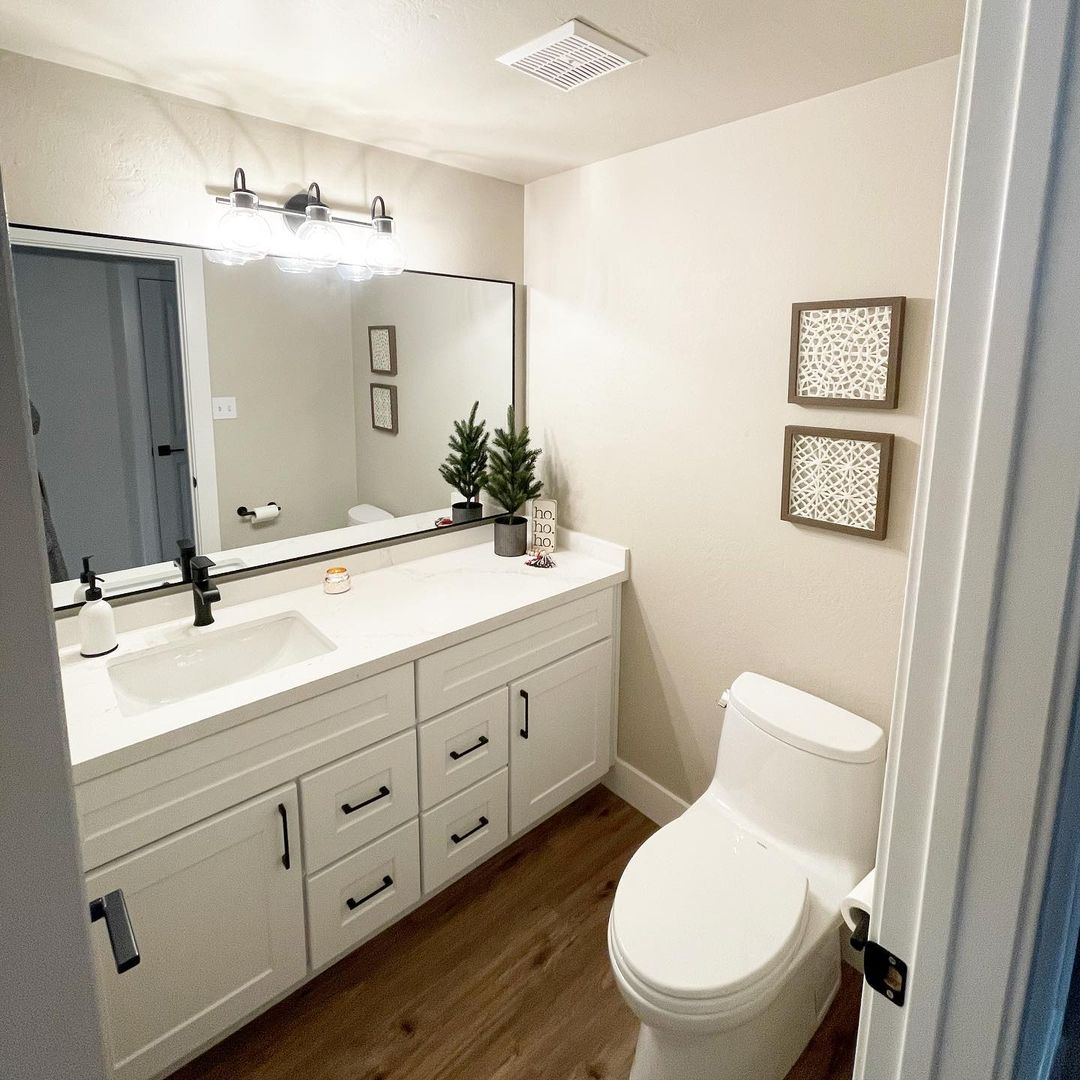
Fan ventilation will also work well in your bathroom. This will help keep the bathroom dry, and also prevent condensation from forming on the walls or ceiling, which can encourage mold growth. Ventilation Fan Bathroom from @mel_larson
Replace Cracked Shower Grout
Cracked grout is a perfect spot for mold and mildew to grow. It allows moisture to seep into the bathroom and can lead to other problems such as drywall damage or structural issues with the shower. If you notice small holes or pinholes in your shower grout, it’s best to repair them right away. This will prevent leaks and other potential issues that could lead to costly repairs later.
To fix holes, you’ll need to remove the old grout and replace it with new grout. You’ll also need caulk to fill in the gaps where the grout is missing. Choose a mildew-proof caulk that matches your existing grout color. You can get this at a tile shop or big hardware store.
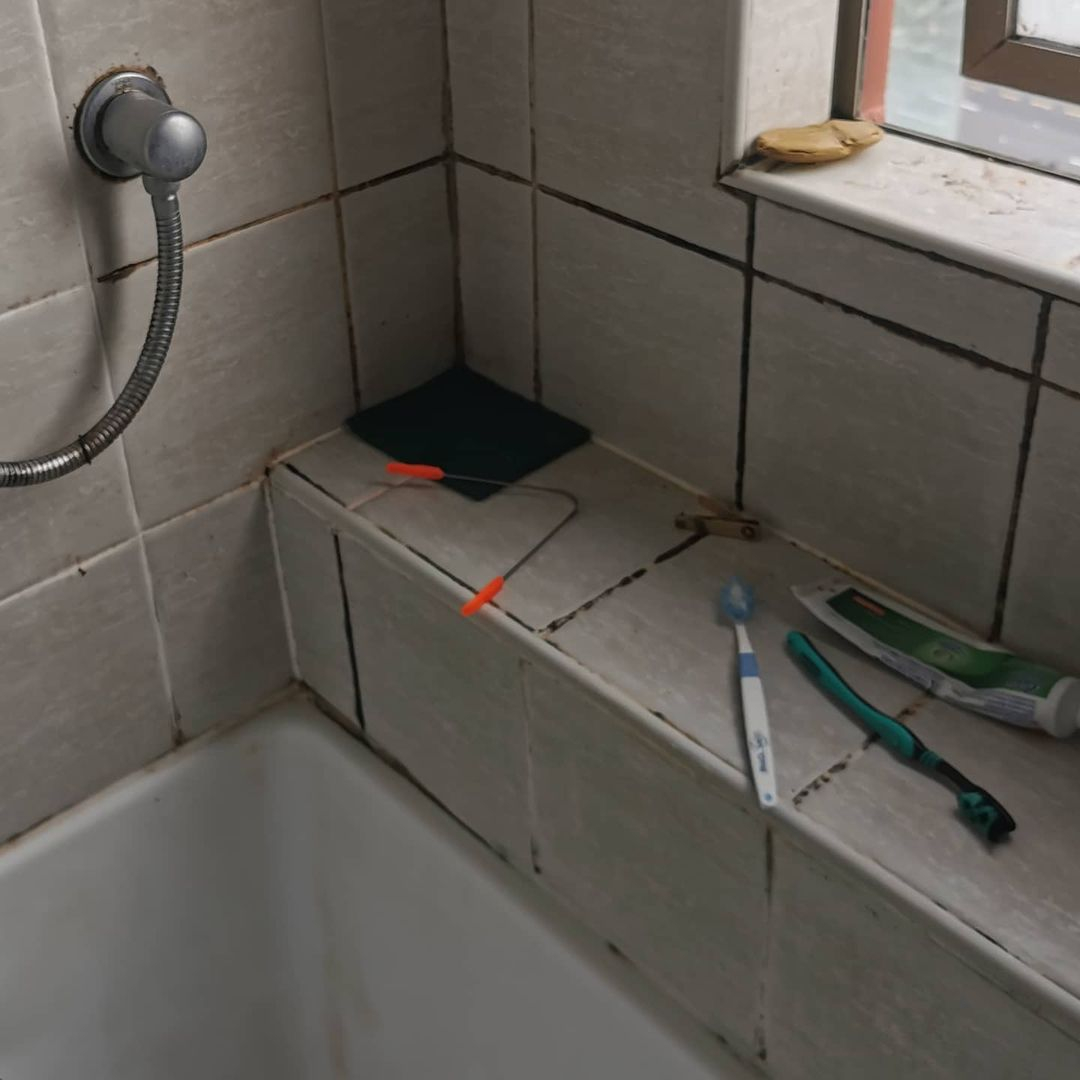
Mold can also grow on your ceramic grout. Therefore you can clean it by brushing and spraying cleaning fluid so that it will remove stubborn dirt on your grout. Cracked Shower Grout from @hasslefreeproperty
Keep Your Towels Dry
Keeping your towels dry is one of the most important things you can do to prevent mold in your bathroom. Not only does a towel provide a great surface for bacteria to grow on, but it also is often the first thing we leave behind after using our bathroom. Towels are especially prone to mold and mildew growth because they are constantly exposed to moisture, which makes them an ideal host for these nasty microorganisms.
That’s why you should always hang your towels after they’re used to air out and dry them more thoroughly. Towels that are folded too tightly or layered too thickly will not dry as quickly and become more prone to mildew growth. It’s best to hang your towels in a sunny spot or near windows to help them dry faster.
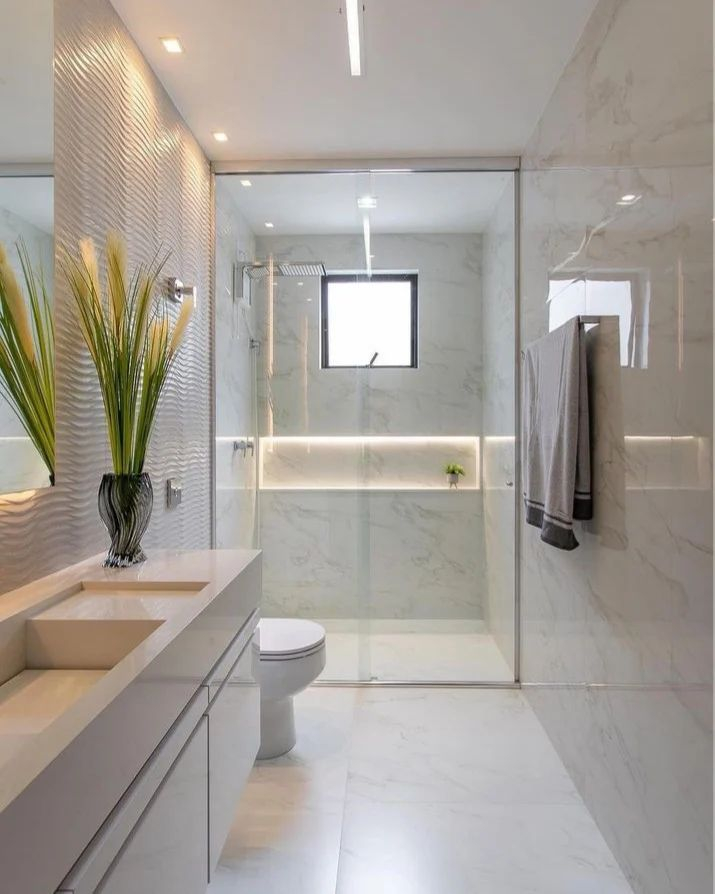
You need to try to hang a towel in this towel area to prevent the growth of nesting fungus. Towels are highly susceptible to mold and mildew growth due to constant exposure to moisture. Towel Dry from @ideiasapartamentos
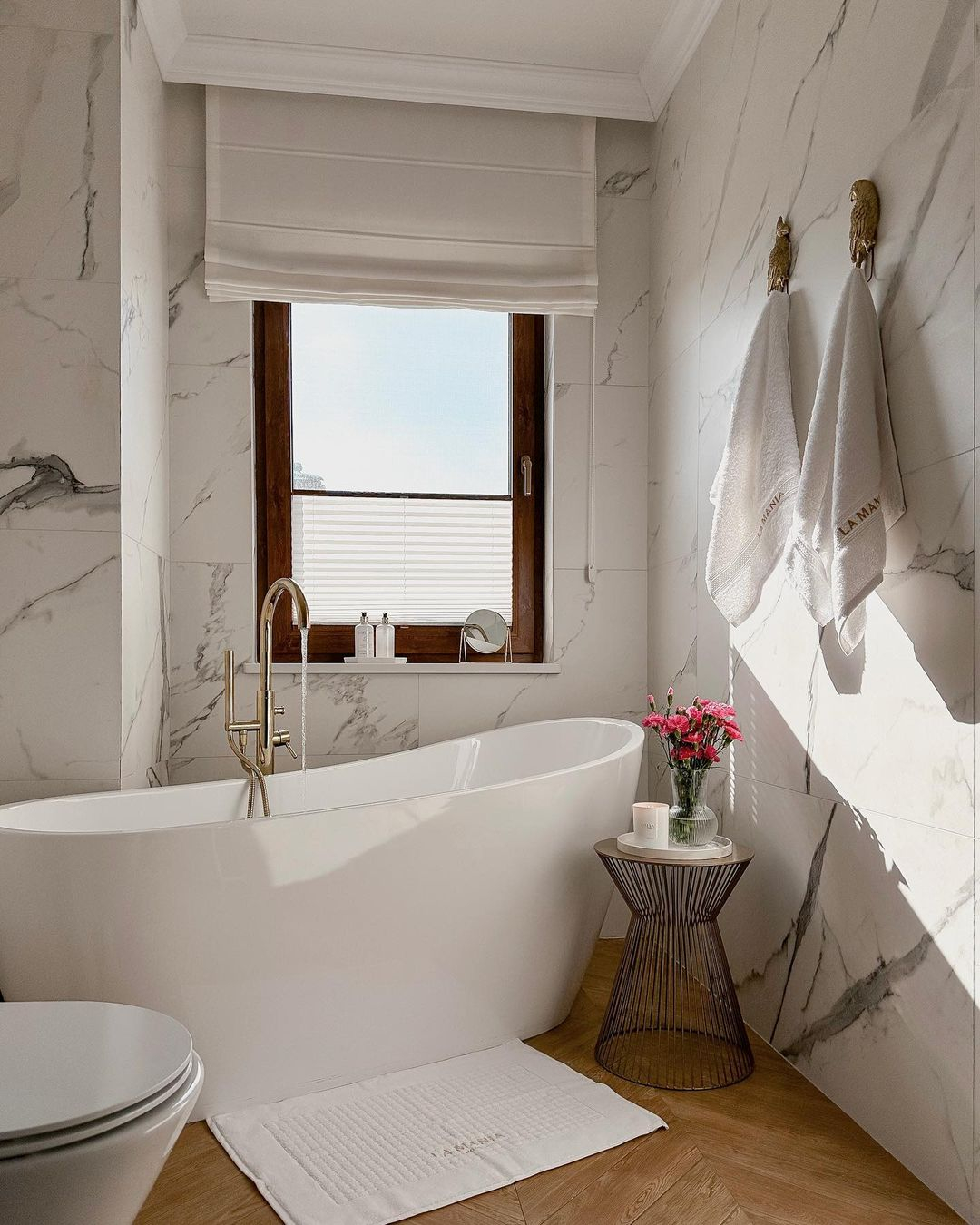
Hanging towels on these hooks will also prevent mold from growing in your bathroom. Towels can get moldy easily, so it’s best if you can dry them in the sun or near a window to dry them faster. Towel Storage from @dreamhouse_and_life

Towels that are folded too tightly or layered too thickly won’t dry quickly and are more susceptible to mold growth. So you should be able to hang a towel in this towel holder to let it air out and dry it more thoroughly Towel Dry Bathroom from @rba.windows.toronto
Clean Your Shower Curtain or Door
Keeping your shower curtain and door clean is one of the easiest ways to prevent mold. You can use a simple solution of white vinegar and water (add some lavender for a pleasant scent) or store-bought bathroom cleaners. Spray the area with the cleaner, let it sit for a few minutes and then wipe away any excess with a damp cloth. You can also try soaking the fabric or plastic in a mix of baking soda and water.
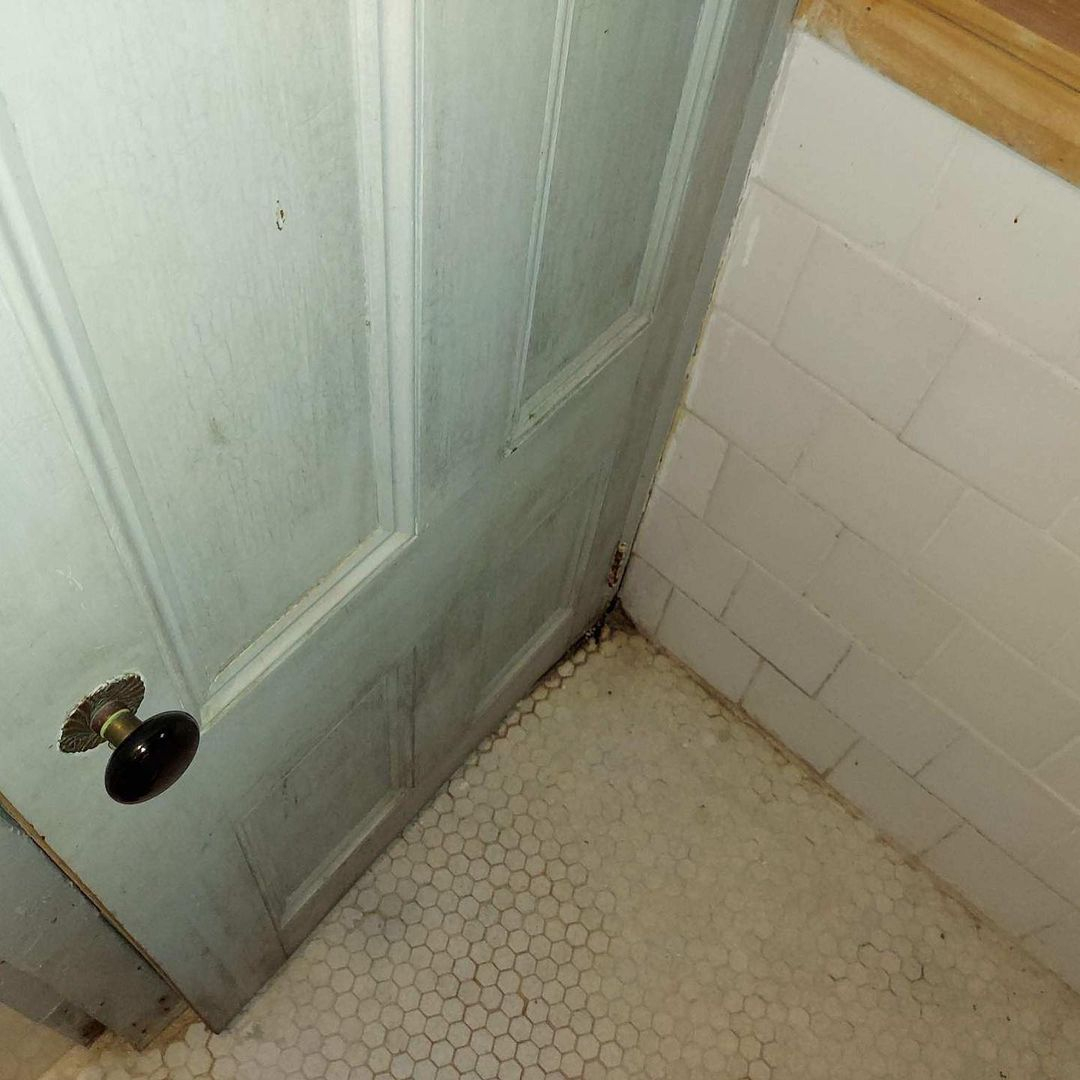
Keeping the door away from mold needs to be done because it will interfere with appearance and make the room unhealthy. Doing this cleaning using white vinegar and water will prevent the rapid growth of mold. Mold Door Bathroom from @mowatt_mold_removal
Cleanliness
One of the best ways to prevent mold in your bathroom is by keeping it clean. This is a habit that you can easily incorporate into your daily routine. When you wash, wipe down and disinfect your bathroom surfaces, it will stop mold from getting a foothold. You can also make sure that you keep your bathroom well-ventilated to help dry out the moisture that accumulates in it. Mold will only flourish in a space that is always wet, so it’s important to take the time to ensure your bathroom stays dry and clean. This is especially important if you have a tiled shower.

You need to do this to keep the bathroom clean because it will give you a clean and healthy bathroom. Cleaning it daily will also prevent mold from growing in your home. Keep Clean Bathroom from @alessio_salvi_3d
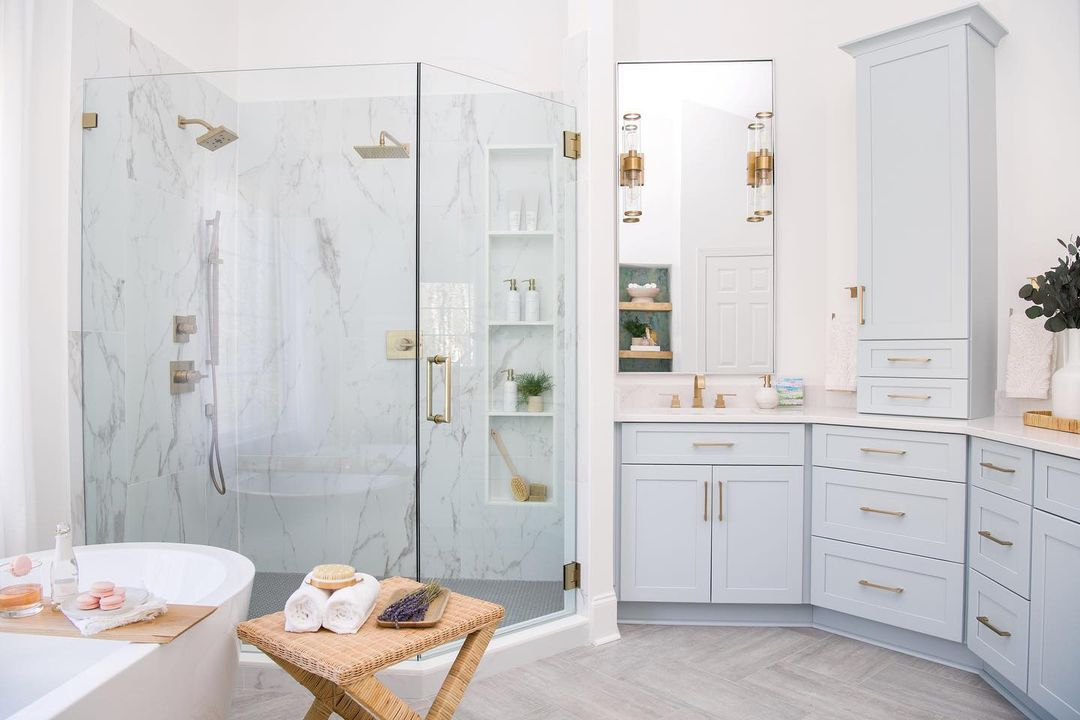
You need to do this to keep the bathroom clean because it will give you a clean and healthy bathroom. Cleaning it daily will also prevent mold from growing in your home. Bathroom Clean from @dippedinteriors
Open the Windows
One of the most effective ways to prevent mold in your bathroom is ventilation. If you have a window, you can open your bathroom window. By increasing air circulation through windows, you can keep the humidity in the room low and minimize any related issues. You can also keep the door and shower door still open after your shower. Air needs to be kept moving freely to prevent the development of condensation and mold growth.
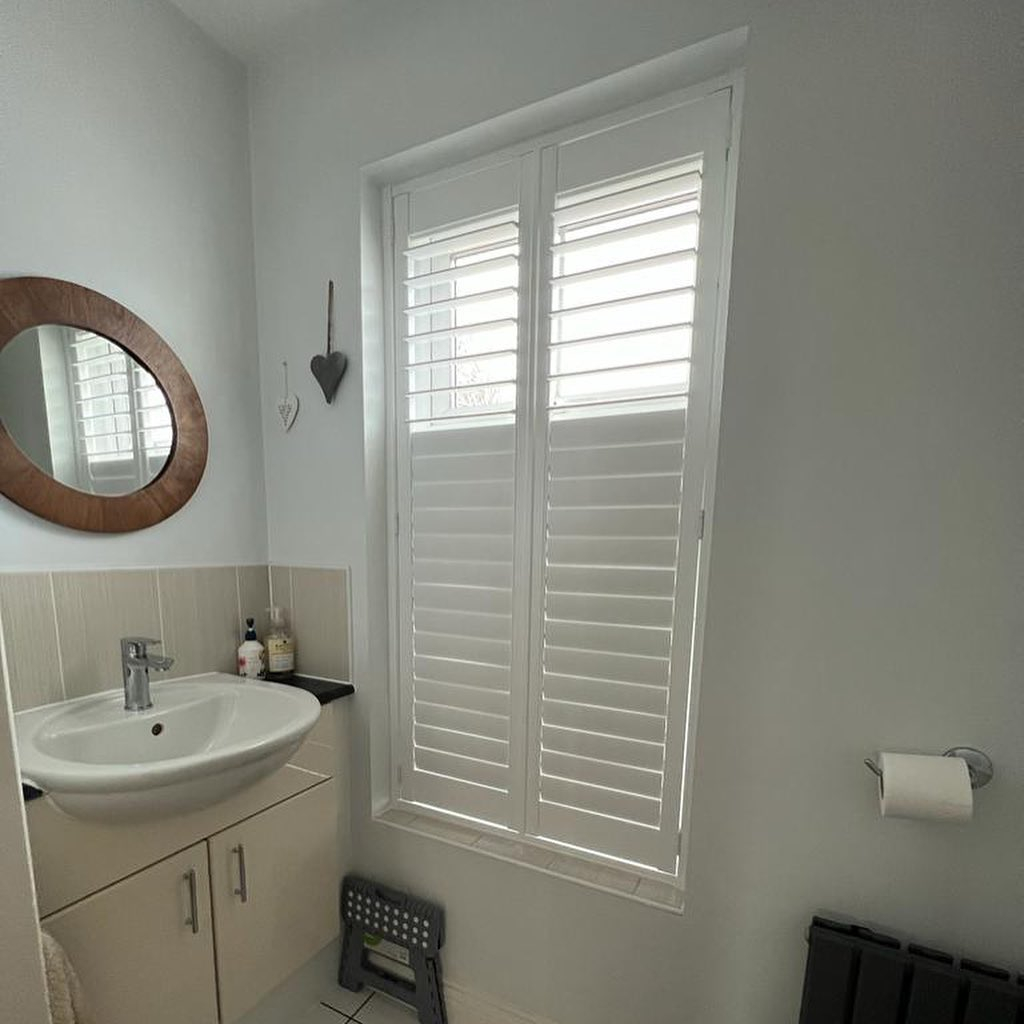
You can also leave the shutters open after showering. Opening the shutter window to let sunlight into the house is an interesting idea to slow down mold in the room. Open WIndows Bathroom from @concordeblinds
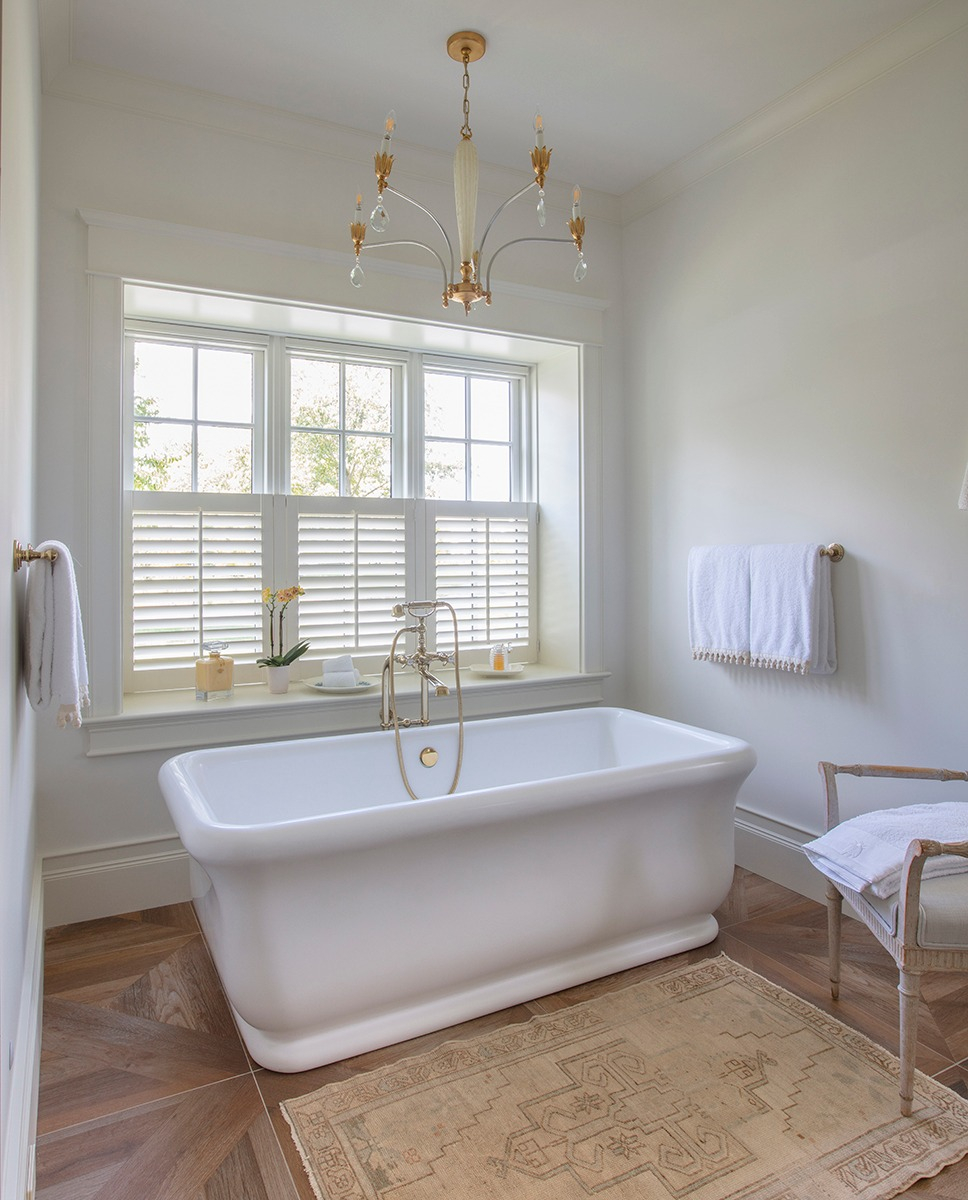
These large windows that open will keep the humidity in the room low and minimize the associated problems. In addition, this window also serves to prevent the development of condensation and mold growth. Open Shutter Bathroom from @sewbeautifulwindows
Natural Light
Mould thrives in damp and dark environments, so keeping your bathroom well-lit will help prevent mould from growing. You can do this by opening blinds or curtains, but if your bathroom doesn’t have any windows you can install a skylight to give it that extra bit of light. Another great way to keep the bathroom light and airy is by removing any unnecessary furniture. This will allow natural light to come in and also mean that you won’t be wasting electricity by having to turn on lights.
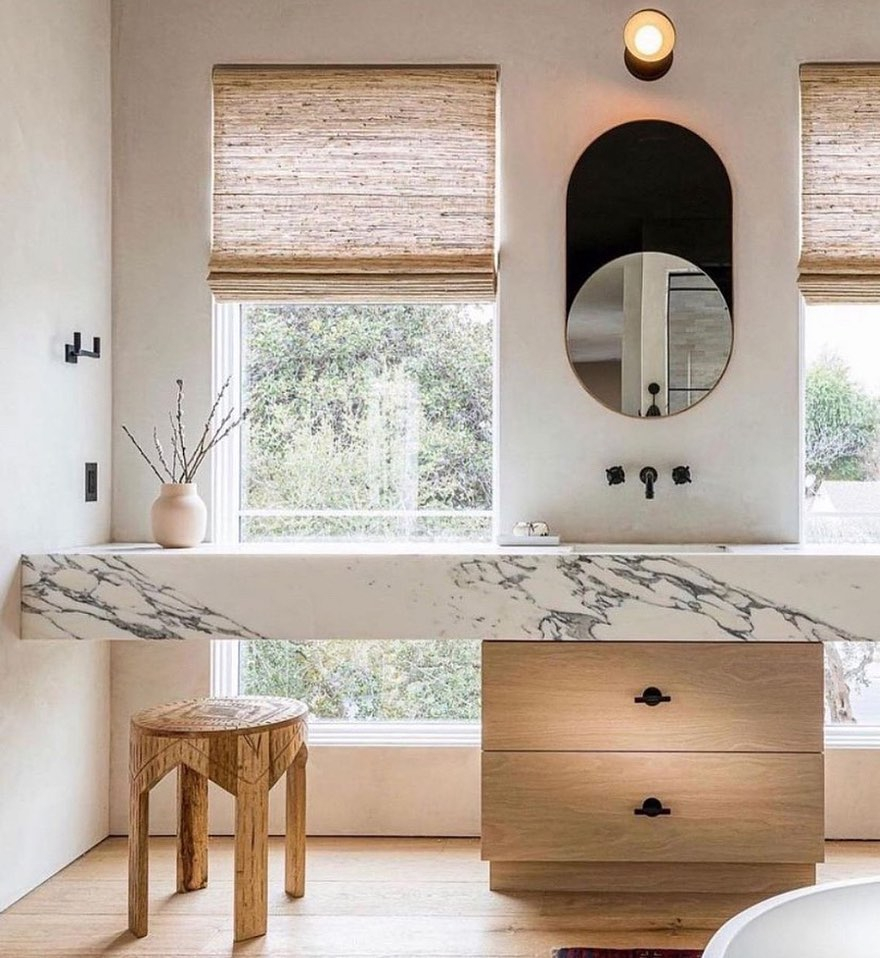
Adding natural lighting will also prevent mold from growing in your bathroom. You can use two large windows with burlap curtains for the perfect window view. Two Windows Bathroom from @lemonade_house
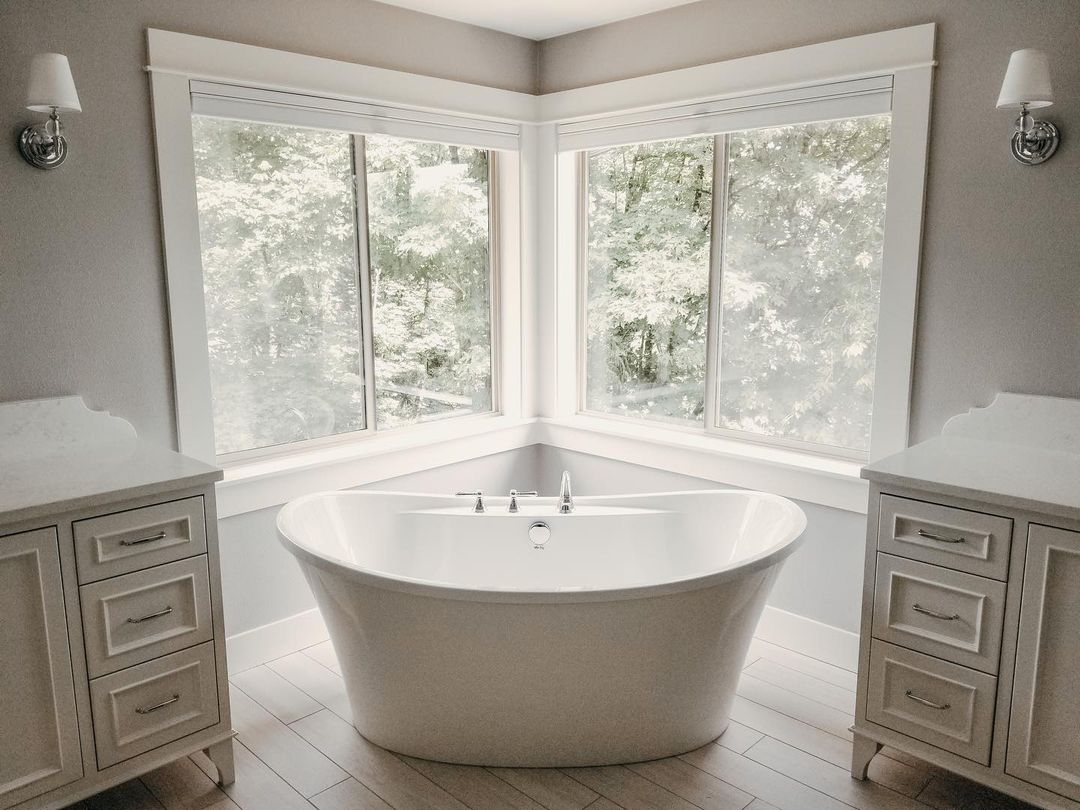
The large windows in this bathroom do a great job of slowing down the growth of mold in your bathroom area. Another great way to keep your bathroom bright and airy is to get rid of unnecessary furniture. Large Windows Bathroom from @kashasdesignbuild
Use Mold-killing Bathroom Cleaners
Consider using mold-killing bathroom cleaners to protect your bathroom from mold growth. You can buy it in the shop. Or if you want to be more eco-friendly, you can make your own mushroom cleaner. You can use vinegar. This is a multi-purpose cleaning fluid that can kill mold effectively. Spray on walls, floors, sink cabinets, bathtubs and other parts of the bathroom. Do it regularly to prevent mold growth in your bathroom.

You need to do this to get rid of mold on the bathroom walls because it will interfere with breathing and health. Spraying using this mold exterminator will also help your bathroom wall fungus disappear and prevent mold from growing back in your bathroom. Spray Mold from @sucasamolddetections


